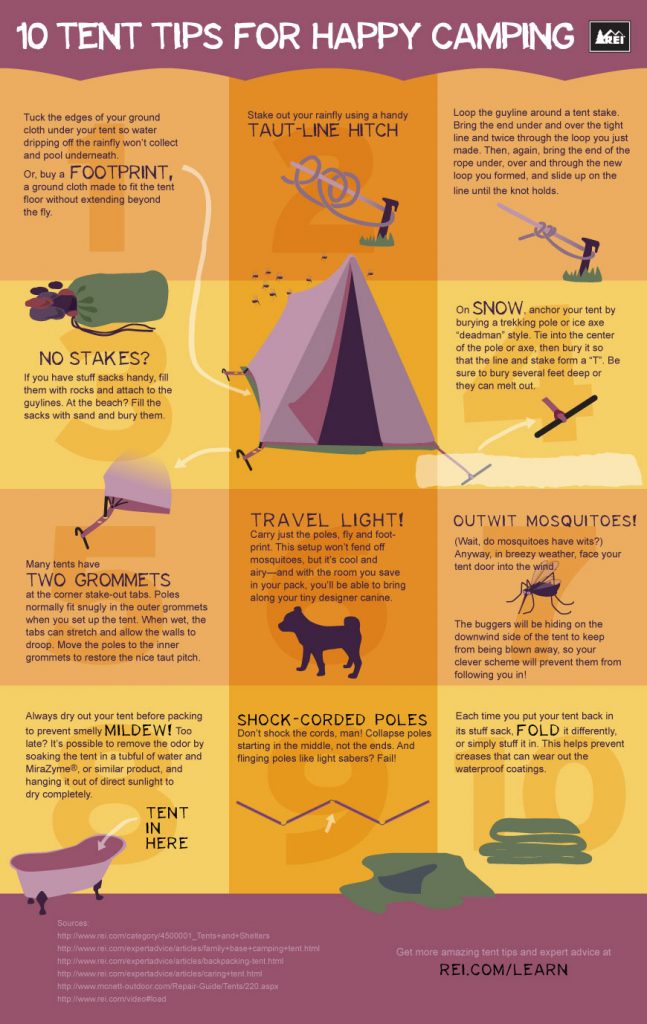Upscale Your Company Through Online Camping Tents Product Sales
Upscale Your Company Through Online Camping Tents Product Sales
Blog Article
The Background of Bell Tents
The cone-shaped shape of a bell outdoor tents makes it one of the most successful sanctuary styles in background. Understood by many names, consisting of the Tipi, Friend, Goahti, Lavvu, or Nentsi, these single-pole cotton canvas outdoors tents were created with practicality in mind.
Can you live in a tent in winter?
Their simpleness and simplicity of assembly made them optimal for societies on the move. This same performance stood out of entertainment campers, who soon integrated brief walls to develop a classic outdoor tents style that we currently referred to as the Bell Outdoor tents.
Beginnings
Bell outdoors tents are an attempted and examined form of immediate lodging. Their spacious insides and sensible design-- they are strong, very easy to set up and can endure solid winds as a result of their iconic bell shape-- have made them a prominent selection for outdoor camping and glamping.
The modern bell camping tent traces its origins back to a 19th century armed forces outdoor tents made by Henry Sibley. He adapted the design of the American Indian tipi to produce his distinct camping tent which was after that taken on by the army for use in armed forces camps and explorations.
The concepts of this outdoor tents-- rugged and challenging canvas offering a home-away-from-home for travellers-- have actually been refined in time to fit the needs of contemporary campers. For example, modern-day glamping tents use services such as carpets and beds to enhance the convenience of campers. These features additionally assist to preserve the stability of the initial style and shield versus the elements.
Military Usage
In the 19th century, bell outdoors tents were first used as armed forces area shelters. They were a prominent selection because they were durable, large, and very easy to establish. Today, these camping tents are preferred among campers and glampers for their elegant and useful layout.
They are also extensively used in military and rescue procedures, where fast deployment is essential. Their easy framework suggests that they can be established in a brief quantity of time, offering employees even more time to concentrate on the goal handy.
The bell outdoor tents is typically made from a strong and weatherproof canvas, with a centre post that's sustained by a collection of fixes. Duration prints reveal that these outdoors tents were shaped much more like a cone than a squat structure, and the walls were small in relation to the height of the center pole. This allowed them to withstand wind and rain. They were typically used by the ANZAC troops on their explorations throughout Europe and Gallipoli.
Glamping
Glamping is a contemporary outdoor leisure activity that has come to be significantly preferred. Individuals from all walks of life are trying to find a method to take pleasure in the outdoors in comfort and design. Whether it's a charming escape or a family camping journey, a top quality camping tent can make all the difference.
A bell tent's round shape aids with security in windy problems, while its sizable inside can accommodate lots of people. It is likewise easy to establish, calling for just a main post and a conelike canvas roof covering that works out into a wide base.
The bell tent was invented by Henry Hopkins Sibley, a United States Military soldier that offered on the Texas frontier in the 1850s. He took motivation from tipis he saw, and created a style that was durable and quickly portable. His camping tent was patented in 1856.
Contemporary Use
Today, bell tents are a staple in store outdoor camping sites, festival festival tents accommodations, and as classy exterior shelters for wedding celebrations or hideaways. Their elegant, ageless styles mix tradition with modernity, making them a favorite among those seeking special and comfy accommodations that are both visually appealing and surprisingly easy to establish.
The modern-day bell outdoor tents traces its origins back to conventional tents made use of by nomadic people in Northern Europe, but experienced its prime time around the 19th century when canvas replaced animal hides as the primary product. This modification, combined with a practical layout that focuses on headroom, saw the appearance of a preferred armed forces field sanctuary and, in the future, the iconic outdoor tents we understand as the bell.
In the 1850s, a United States Army soldier called Henry Hopkins Sibley produced the first modern-day bell camping tent. Drawing ideas from the tipis he had actually seen on the Texas frontier, his new outdoor tents used a single main pole and vents to produce a structure that was both resilient and easily mobile.
Are tents waterproof?
